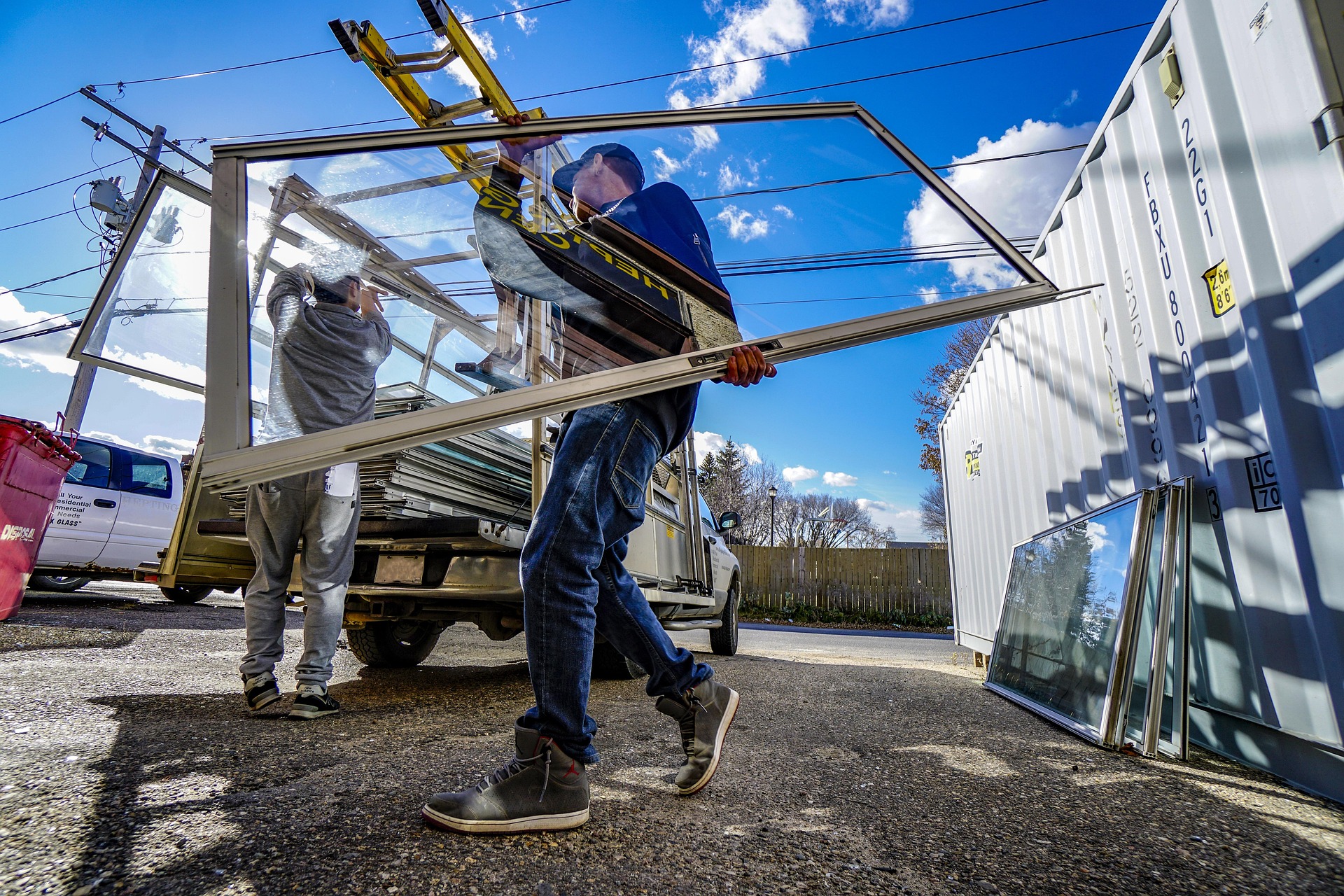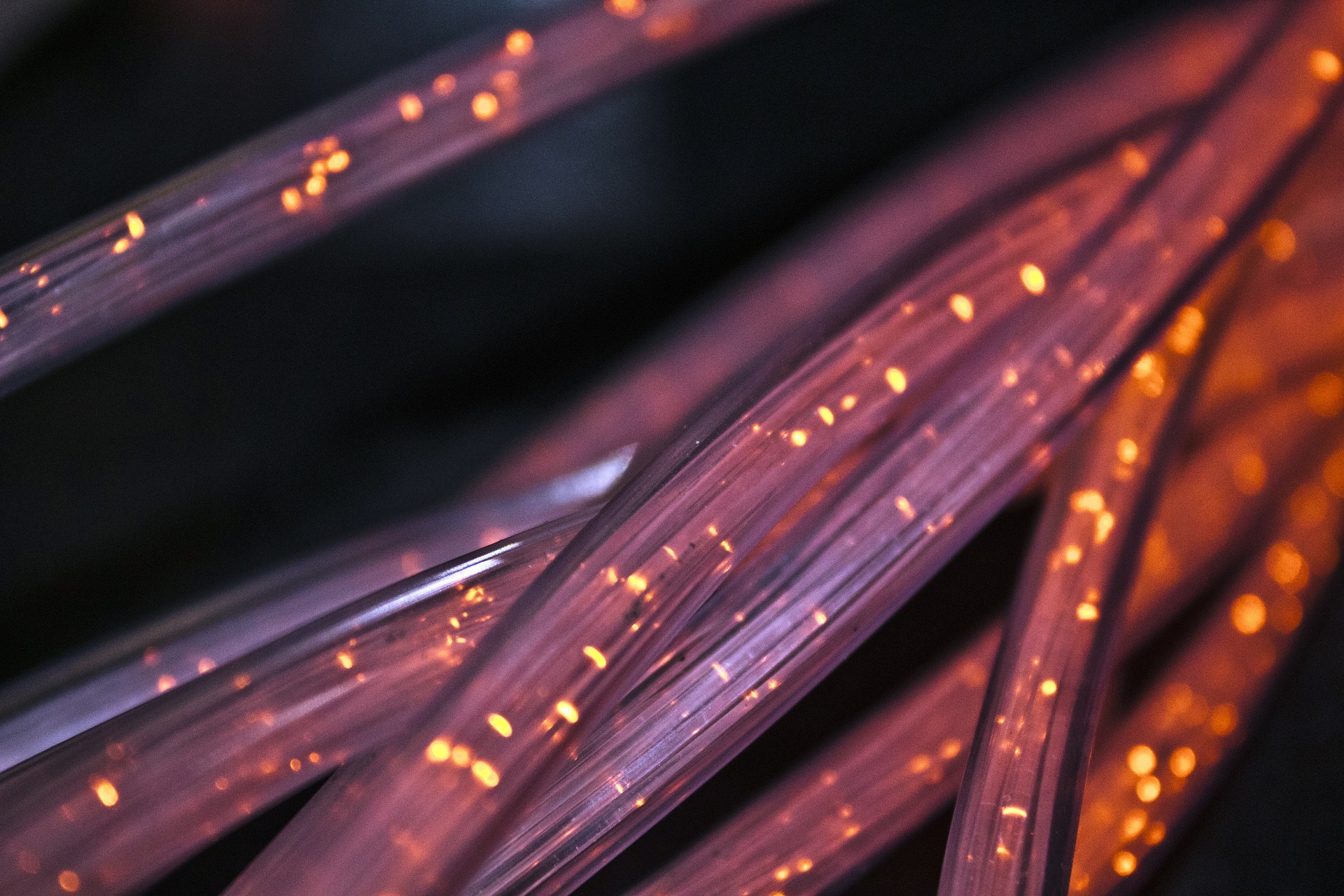Biomechanics of Extreme Vertical Leaps: Unraveling the Secrets of Human Flight
The human body's capacity for vertical leaping has long captivated athletes, scientists, and spectators alike. From basketball players soaring for slam dunks to high jumpers clearing seemingly impossible heights, the ability to defy gravity through explosive leg power continues to push the boundaries of human physical achievement. This exploration delves deep into the intricate biomechanics behind extreme vertical leaps, uncovering the physiological marvels and training techniques that enable athletes to reach new heights.

The Foundation of Vertical Power
At the core of every impressive vertical leap lies a foundation of muscular strength and explosive power. The primary muscle groups responsible for generating the force needed to propel the body skyward are the quadriceps, hamstrings, and calf muscles. These lower body powerhouses work in concert to create a rapid extension of the hips, knees, and ankles—a motion known as triple extension.
The quadriceps, located on the front of the thigh, are particularly crucial. As the largest muscle group in the body, they bear the brunt of the load during the initial push-off phase of a jump. The vastus lateralis, vastus medialis, vastus intermedius, and rectus femoris work together to extend the knee joint forcefully.
Complementing the quadriceps are the hamstrings, which run along the back of the thigh. While often overlooked in discussions of vertical jumping, the hamstrings play a vital role in hip extension and knee flexion. Their ability to contract eccentrically during the landing phase of a jump also contributes to injury prevention and overall jumping efficiency.
The calf muscles, comprising the gastrocnemius and soleus, provide the final push in the kinetic chain of a vertical jump. These muscles are responsible for plantar flexion of the ankle, effectively propelling the body off the ground in the last milliseconds of takeoff.
Neuromuscular Coordination: The Brain-Muscle Connection
While raw muscular strength forms the foundation of vertical jumping ability, the nervous system’s role in coordinating this complex movement cannot be overstated. The neuromuscular system, which encompasses the intricate network of nerves connecting the brain to the muscles, is responsible for translating intention into action with lightning-fast precision.
Central to this process is the concept of rate coding—the frequency at which motor neurons fire signals to muscle fibers. Higher rates of neural firing result in greater muscle fiber recruitment and, consequently, more forceful contractions. Elite jumpers often exhibit superior rate coding abilities, allowing them to activate a higher percentage of their muscle fibers in a shorter time frame.
Another crucial aspect of neuromuscular coordination in vertical jumping is the stretch-shortening cycle (SSC). This physiological mechanism involves the rapid stretching of a muscle (eccentric contraction) immediately followed by a powerful shortening (concentric contraction). The SSC enhances force production by utilizing the elastic energy stored in the muscle-tendon unit during the stretching phase.
The effectiveness of the SSC is particularly evident in countermovement jumps, where athletes rapidly lower their center of mass before exploding upward. This pre-stretch of the leg muscles allows for greater force production during the subsequent concentric phase, resulting in higher jumps compared to those performed without a countermovement.
Biomechanical Efficiency: The Art of Optimal Movement
While muscular power and neuromuscular coordination form the engine of vertical jumping, biomechanical efficiency acts as the transmission system, ensuring that energy is transferred optimally throughout the kinetic chain. Several key biomechanical principles come into play when analyzing the mechanics of extreme vertical leaps.
One critical factor is the angle of force application. Research has shown that the most efficient jumpers are able to direct their ground reaction forces at an angle close to vertical. This minimizes horizontal displacement and maximizes the conversion of muscular force into vertical movement.
The role of arm swing in vertical jumping is another area of biomechanical interest. A properly executed arm swing can contribute up to 10% of the total jump height by increasing the body’s angular momentum and creating an upward pulling force. The timing of the arm swing is crucial, with peak arm velocity ideally coinciding with the moment of takeoff.
Joint angles at the point of takeoff also play a significant role in jump performance. Optimal knee flexion angles have been found to range between 115-130 degrees, allowing for an ideal balance between force production and velocity of movement. Similarly, the ankle joint angle at takeoff influences both the magnitude and direction of force application.
The concept of triple extension—the simultaneous extension of the hip, knee, and ankle joints—is fundamental to achieving maximum vertical displacement. Coordinating these joint movements to peak simultaneously requires precise timing and well-developed motor patterns.
Training Methodologies for Vertical Jump Enhancement
Armed with an understanding of the muscular, neurological, and biomechanical factors influencing vertical jump performance, athletes and coaches can implement targeted training strategies to enhance leaping ability. A comprehensive approach typically involves a combination of strength training, plyometrics, and technique refinement.
Strength training forms the bedrock of any vertical jump improvement program. Exercises such as squats, deadlifts, and Olympic lifts develop the raw power necessary for explosive movements. Progressive overload principles should be applied to continually challenge the muscles and promote adaptation.
Plyometric training specifically targets the stretch-shortening cycle and helps improve the rate of force development. Box jumps, depth jumps, and bounding exercises are staples of plyometric programs aimed at enhancing vertical jump performance. These exercises train the neuromuscular system to react quickly and explosively to ground contact.
Technique refinement focuses on optimizing the biomechanics of the jump itself. This may involve video analysis to identify inefficiencies in movement patterns, drills to improve arm swing coordination, and exercises to enhance proprioception and body awareness during the jumping motion.
Recent advancements in training technology have introduced new tools for vertical jump enhancement. Force plate analysis allows for precise measurement of ground reaction forces and power output, enabling coaches to tailor training programs to individual athlete needs. Virtual reality systems are being explored as a means of providing real-time feedback on jump mechanics, allowing for immediate corrections and accelerated learning.
The Genetic Component: Nature vs. Nurture in Vertical Jump Ability
While training and technique play crucial roles in developing vertical jump ability, it’s impossible to ignore the influence of genetic factors. Certain physiological traits that contribute to superior jumping performance have a strong hereditary component.
Muscle fiber type composition is one such factor. Fast-twitch muscle fibers, which are capable of generating high forces quickly, are particularly advantageous for vertical jumping. The ratio of fast-twitch to slow-twitch fibers in an individual’s muscles is largely determined by genetics.
Tendon elasticity is another genetically influenced trait that affects jumping ability. More elastic tendons can store and release greater amounts of energy during the stretch-shortening cycle, contributing to higher jumps. Studies have shown significant variability in tendon properties among individuals, with some exhibiting naturally more compliant tendons.
Anthropometric factors such as leg length relative to overall height, muscle insertion points, and joint structure also play a role in determining an individual’s jumping potential. These physical characteristics can influence leverage and force production capabilities.
However, it’s important to note that genetic predisposition is not destiny when it comes to vertical jump performance. While some individuals may have a natural advantage, dedicated training and proper technique can lead to significant improvements regardless of genetic makeup.
The Future of Vertical Jump Research and Performance
As our understanding of the biomechanics of extreme vertical leaps continues to evolve, new frontiers in research and performance enhancement are emerging. Advanced imaging techniques such as functional MRI and high-speed motion capture are providing unprecedented insights into the internal workings of the body during jumping movements.
Researchers are exploring the potential of neuromuscular electrical stimulation (NMES) to enhance muscle activation and improve jumping performance. By applying electrical currents to specific muscle groups, NMES may be able to increase muscle fiber recruitment beyond what is achievable through voluntary contraction alone.
The field of genetics is also opening up new avenues for understanding and potentially enhancing vertical jump ability. Gene expression profiling may eventually allow for highly personalized training programs tailored to an individual’s genetic predispositions.
Biomechanical modeling and computer simulations are becoming increasingly sophisticated, allowing researchers to test hypothetical scenarios and optimize movement patterns without the need for physical trials. These tools may lead to the development of novel training techniques and equipment designs.
As athletes continue to push the boundaries of human performance, the study of extreme vertical leaps remains a fascinating intersection of physiology, physics, and human potential. From the grassroots level to elite competition, the quest for the perfect jump drives innovation in training methodologies and scientific understanding.
Practical Applications for Athletes and Coaches
For athletes and coaches looking to improve vertical jump performance, a multifaceted approach is essential. Incorporating the following strategies can help maximize jumping potential:
- Develop a strong foundation of lower body strength through compound exercises like squats and deadlifts.
- Implement a progressive plyometric program to enhance explosive power and improve the stretch-shortening cycle.
- Focus on technique refinement, paying particular attention to arm swing coordination and takeoff mechanics.
- Utilize video analysis and force plate testing to identify areas for improvement in jump biomechanics.
- Incorporate unilateral exercises to address any muscle imbalances that may be limiting jump performance.
- Integrate core strengthening exercises to improve stability and force transfer during the jumping motion.
- Emphasize proper landing mechanics to reduce injury risk and improve overall jumping efficiency.
- Explore sport-specific jump training that mimics the demands of the athlete’s particular discipline.
- Implement a periodized training program that balances intensity and volume to optimize adaptations and prevent overtraining.
- Consider genetic factors when setting realistic goals and tailoring training programs to individual strengths and limitations.
The Psychological Aspect of Extreme Vertical Leaps
While much attention is given to the physical components of vertical jumping, the psychological factors influencing performance cannot be overlooked. The mind-body connection plays a crucial role in achieving peak jumping ability, particularly in high-pressure competitive situations.
Confidence and self-belief are fundamental psychological traits that can significantly impact an athlete’s vertical jump performance. Athletes who believe in their ability to achieve great heights are more likely to fully commit to their jumps, resulting in greater force production and improved technique.
Visualization techniques have been shown to be effective in enhancing motor skills, including vertical jumping. By mentally rehearsing the perfect jump, athletes can strengthen neural pathways and improve movement patterns even without physical practice.
Anxiety management is another critical psychological skill for athletes looking to maximize their vertical jump potential. Excessive pre-performance anxiety can lead to muscle tension and disrupted coordination, negatively impacting jump height. Techniques such as deep breathing, progressive muscle relaxation, and cognitive restructuring can help athletes maintain an optimal state of arousal for peak performance.
The concept of “flow state”—a mental condition of complete immersion and focus in an activity—is particularly relevant to extreme vertical leaps. Athletes who can achieve this state of mind often report feeling as though time slows down, allowing for precise execution of complex motor skills. Developing the ability to enter flow states consistently can lead to breakthrough performances in vertical jumping.
Injury Prevention and Longevity in Vertical Jump Training
As athletes strive to reach new heights in vertical jumping, the importance of injury prevention cannot be overstated. The high-impact nature of jumping exercises places significant stress on the musculoskeletal system, particularly the knee and ankle joints.
Proper warm-up protocols are essential for preparing the body for the demands of vertical jump training. Dynamic stretching, activation exercises, and gradual intensity progression help increase tissue temperature and improve joint mobility, reducing the risk of acute injuries.
Landing mechanics play a crucial role in both performance enhancement and injury prevention. Teaching athletes to land softly with proper alignment of the hips, knees, and ankles can significantly reduce the impact forces transmitted through the body. This not only protects against acute injuries but also helps prevent the development of chronic conditions such as patellar tendinopathy.
Balanced muscle development is another key factor in injury prevention. Overemphasis on quad-dominant exercises can lead to muscle imbalances and increased injury risk. Incorporating posterior chain exercises such as Romanian deadlifts and Nordic hamstring curls helps maintain proper muscle balance and protects against common jumping-related injuries.
Recovery strategies are equally important for maintaining long-term jumping performance and preventing overuse injuries. Adequate sleep, proper nutrition, and targeted recovery techniques such as foam rolling and cold water immersion can help athletes maintain consistent training volumes without succumbing to fatigue or injury.
Vertical Jump Performance Across Different Sports
While the basic principles of vertical jumping remain constant, the specific demands and applications vary widely across different sports. Understanding these sport-specific requirements is crucial for athletes and coaches looking to optimize vertical jump training.
In basketball, the ability to jump quickly and repeatedly is often more valuable than a single maximal effort jump. Players must be able to leap for rebounds, contest shots, and execute dunks in rapid succession throughout a game. Training for basketball players often emphasizes reactive jumping ability and the development of eccentric strength for quick takeoffs.
Volleyball players, on the other hand, typically have more time to set up their jumps, allowing for a greater emphasis on maximal jump height. The approach jump in volleyball requires precise timing and coordination between horizontal and vertical momentum. Training for volleyball players often includes a significant focus on approach technique and arm swing mechanics.
High jumpers in track and field face unique challenges in optimizing their vertical leap. The Fosbury Flop technique used in modern high jumping requires a complex integration of approach speed, takeoff mechanics, and in-air body positioning. High jump training often incorporates extensive technical work alongside traditional strength and power development.
American football players, particularly wide receivers and defensive backs, rely on vertical jumping ability to compete for passes and make plays on the ball. However, these athletes must also contend with the added challenge of jumping while wearing protective equipment. Training programs for football players often emphasize explosive power development and the ability to jump effectively from a variety of stances and positions.
Measuring and Analyzing Vertical Jump Performance
Accurate measurement and analysis of vertical jump performance are essential for tracking progress and optimizing training programs. Several methods and technologies are commonly used to assess jumping ability:
The Vertec jump measuring device is a widely used tool that allows athletes to physically touch markers at the peak of their jump. While simple and cost-effective, this method can be subject to measurement errors due to differences in arm length and reach technique.
Force plates provide a more comprehensive analysis of jump performance by measuring ground reaction forces throughout the entire jumping motion. These devices can provide data on variables such as peak force, rate of force development, and power output, offering valuable insights into an athlete’s strengths and weaknesses.
Video analysis using high-speed cameras allows for detailed examination of jump mechanics. Coaches can assess factors such as takeoff angle, joint kinematics, and overall body positioning to identify areas for technical improvement.
Wearable technology, including inertial measurement units (IMUs) and accelerometers, is becoming increasingly popular for jump analysis. These devices can provide real-time feedback on jump height, power output, and other performance metrics in a variety of training and competition settings.
3D motion capture systems offer the most comprehensive analysis of vertical jump biomechanics. By tracking the movement of multiple body segments in three-dimensional space, these systems can provide detailed insights into joint angles, velocities, and accelerations throughout the jumping motion.
The Role of Nutrition in Vertical Jump Performance
Proper nutrition plays a crucial role in supporting vertical jump performance and overall athletic development. Several key nutritional factors can significantly impact an athlete’s ability to generate explosive power and recover effectively from training:
Protein intake is essential for muscle growth and repair. Athletes engaged in intensive vertical jump training may require higher protein intake, typically ranging from 1.6 to 2.2 grams per kilogram of body weight per day. Timing of protein consumption, particularly in the post-workout window, can help optimize muscle protein synthesis and recovery.
Carbohydrates serve as the primary fuel source for high-intensity activities like vertical jumping. Adequate carbohydrate intake ensures that muscle glycogen stores are replenished, allowing for consistent performance during training and competition. The specific carbohydrate needs will vary based on training volume and intensity, but typically range from 5 to 10 grams per kilogram of body weight per day for highly active athletes.
Hydration status can significantly impact jumping performance. Even mild dehydration can lead to decreased power output and impaired neuromuscular function. Athletes should aim to maintain proper hydration levels before, during, and after training sessions to maximize performance and recovery.
Micronutrients such as vitamin D, calcium, and magnesium play important roles in muscle function and bone health—factors that are particularly relevant for athletes engaged in high-impact jumping activities. Ensuring adequate intake of these nutrients through a balanced diet or targeted supplementation can support overall jumping performance and reduce injury risk.
Creatine supplementation has been shown to enhance power output and improve recovery in high-intensity activities like vertical jumping. While individual responses may vary, creatine monohydrate is generally considered safe and effective for improving jumping performance when used as part of a comprehensive training and nutrition program.
Conclusion: The Ongoing Quest for Vertical Supremacy
The biomechanics of extreme vertical leaps represent a fascinating confluence of human physiology, physics, and athletic performance. As our understanding of the underlying mechanisms continues to grow, so too does our ability to push the boundaries of what is possible in vertical jumping.
From the explosive power generated by finely-tuned muscle fibers to the split-second neural coordination required for perfect takeoff timing, every aspect of the vertical jump offers opportunities for optimization






